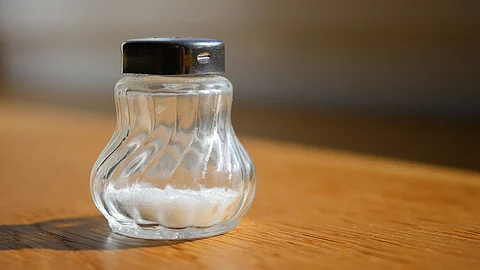

Washington D.C. – Reducing sodium in the food supply is important for public health. Sodium reduction progress is facilitated by understanding both the sodium content and contribution of foods from stores, restaurants, and other sources. A food’s sodium content refers to the amount of sodium in it and its contribution reflects how frequently the food is consumed by the U.S. population.
New research suggests that reduction of sodium in widely consumed foods, such as luncheon-meat sandwiches and restaurant-prepared pizza, was found to have the greatest impact on reducing sodium intake by the U.S. population.
This research is timely as the U.S. Food & Drug Administration has set new voluntary targets for the reduction of sodium in foods. The new guidance proposes three-year sodium reduction targets for 163 food categories that are commercially processed, packaged, or prepared. If achieved, these actions would reduce sodium intake by 20% from previous levels.
According to the new study, store-bought, restaurant-prepared, and other foods contributed 62%, 26%, and 12%, respectively, of sodium in the diets of those in the U.S. who are 2 years of age or older.
The study found that “top-ranked food-category contributors of sodium included sandwiches, tortilla products, pizza, poultry, soups, and bread. Subgroups of these categories contributing the most sodium included store-bought lunchmeat sandwiches and hotdogs, restaurant-prepared burgers, store-bought and restaurant-prepared tacos/burritos, restaurant-prepared pizza with meat, and store-bought white/wheat bread.”
The authors conclude, “These findings could be used by restauranteurs, food manufacturers, policymakers and regulators, and clinical practitioners to inform sodium-reduction efforts.”
According to author Debra Keast, “The identification of top sodium contributors could help develop sodium reduction strategies that most effectively reduce sodium intake, reduce the prevalence of hypertension, and improve public health.”
